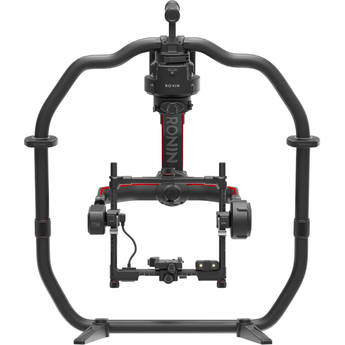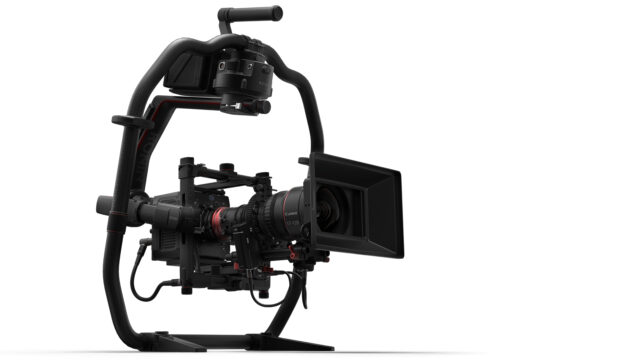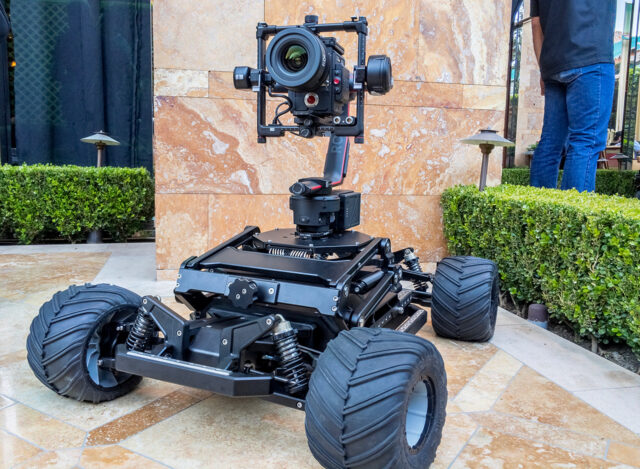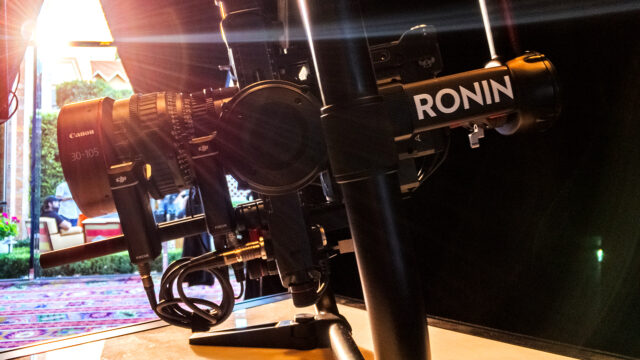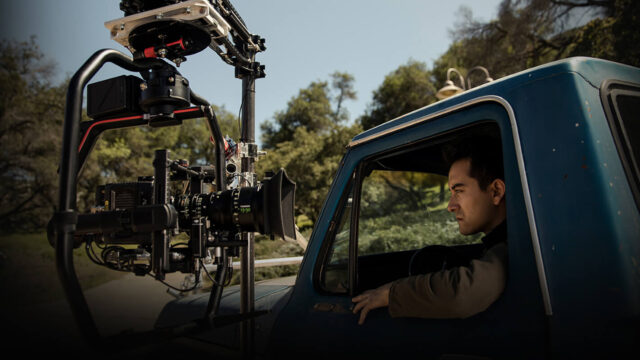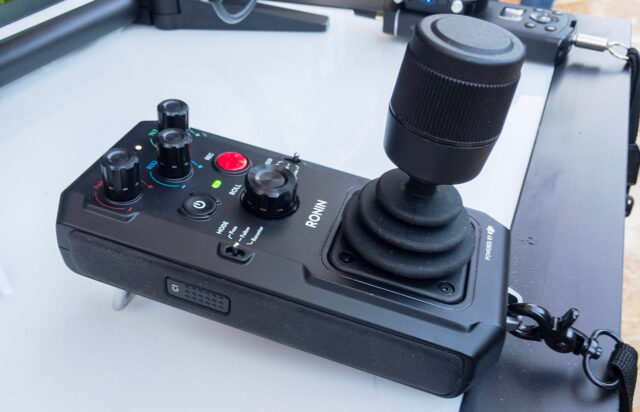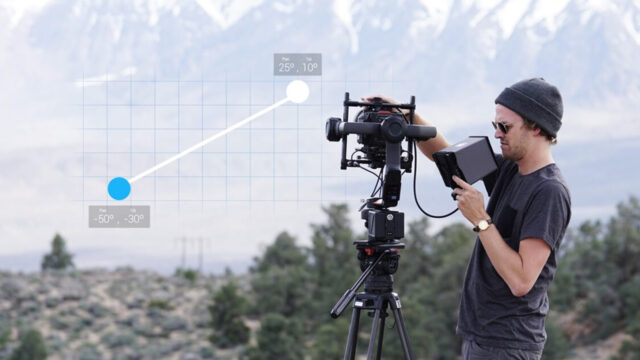DJI Ronin 2 – Cutting-Edge Gimbal Tech for Pros
Here at NAB 2017, DJI has just done it again. They lifted the curtain (literally) and unveiled the all-new DJI Ronin 2 gimbal, which is clearly aimed towards pro users. Let’s break it down.
The DJI Ronin 2
This monster really does look like one serious movie-making machine. The DJI Ronin 2 sports five times the torque of the original Ronin gimbal and it’s built like a tank. The engineers really seem to have gone back to the drawing board and built this thing from scratch. DJI claims that a lot of valuable feedback from their customers also helped them in designing this piece of equipment.
The DJI Ronin is not exactly lightweight, but neither is its maximum payload of 30 lbs (13.6 kg). It isn’t really designed for handheld work, though it is possible of course depending on the extent of your biceps. You don’t need to exhaust the maximum payload, but for a tiny DSLR or mirrorless camera, a smaller rig might be the better solution.
The gimbal itself weighs 12 lbs (5.5 kg) with the handle bar and 9 lbs (4.2 kg) without it. For comparsion reasons: The weight of the original Ronin is 9.26lbs (4.2 kg), the Ronin M clocks in at 5.07lbs (2.3kg). Have a look at the Ronin 2 introduction video below:
With the help of its onboard GPS, the giant (and therefore powerful) encoded motors allow the Ronin 2 to travel at speeds of up to 75 mph without drifting away from its target. As you can see, this gimbal is clearly aimed towards the higher-end market.
New Design
The DJI Ronin 2 features a splash-proof enclosed motor design, which means you don’t have to fear every drop of water around you. And because all the cables are hidden inside the carbon fiber frame, broken connectors from dangling cables should be a thing of the past.
A complete power distribution system with numerous connectors and outlets is integrated neatly into the frame. Dual batteries provide the system with power, but the feature that really stands out is the capability of hot swapping the battery without losing power. The whole system features four 14.4-volt (8 amps total) ports near the camera cage, two 12.6-volt (4 amps total) ports near the pan motor, and one P-Tap 12.6-volt (4 amps) outlet on the battery mount. If two batteries are mounted to the gimbal, the system is capable of providing up to 2.5 hours of runtime to power the gimbal and a RED Dragon camera, for example.
The self-heating batteries for the Ronin 2 are the same ones as for the DJI Inspire 2 drone. That way, battery management becomes easier and cold temperatures down to -4° F (-20° C) shouldn’t be a problem. The battery system is fully detachable to provide a portable power supply for any 12-volt P-Tap powered camera or accessory.
It’s All About Being Modular
The Ronin 2 system is designed to be modular, which is why the gimbal integrates a detachable grip design. This makes it really easy to switch from handheld to steadicam, to jib, to ready rig, to car mount, to cable cam and back again. You get the picture, right? There’s also a special two-axis stabilization mode available for steadicam use. Also you can lock different axis in order to prevent damage while on the go.
Balancing a gimbal is always kind of dull, but is work that of course needs to be done. The DJI Ronin 2 helps you balance your rig faster with its fine-tuning knobs and an auto tune stability feature. Because of the really high-torque motors, the rig will even forgive minor misalignments.
An integrated touch screen lets operators configure the gimbal settings for quick adjustments and for full control of mounted RED cameras. Fold-away feet are built into the rig, so there is no more need for a dedicated stand while in handheld mode.
There’s also a new remote available for the Ronin 2. With it it becomes possible to control it from nearly a mile away over dual band 2.8/5.8GHz. Could be nice for dual-operator type of shoots.
Intelligent Features
Lastly, there is an updated version of the DJI gimbal assistant mobile app. With it, you can let the Ronin 2 do the hard work so you can concentrate on your shot. Three modes are available:
Panorama mode: This will automatically control Ronin 2 to create still image panoramas. It is intelligent enough to include things like camera sensor type and a lens’ focal length into its calculations. You also can define a custom overlap rate.
Timelapse mode: You can program movements and view the progress in real time.
CamAnchor mode: Record the gimbal’s orientation at any particular location, and revisit them at the touch of a button.
While the DJI Ronin 2 is an impressive evolution in gimbal technology, one thing that strikes us though is the close resemblance to the new MōVi Pro that was announced half a year ago. It has the same circular cage design, cable-less structure and dual battery technology among other things.
Pricing and Availability
The DJI Ronin 2 will be available in the second quarter of 2017, and pricing will be announced accordingly. Learn more at DJI.com.
Does the Ronin 2 sound like a likely candidate for your next gimbal? Let us know in the comments!
